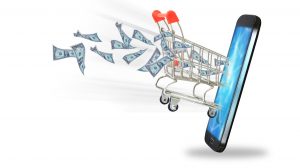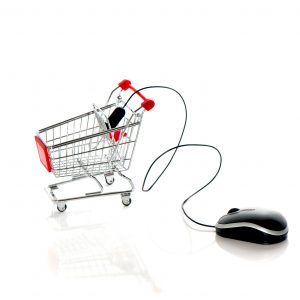Benefits of Email Marketing
In a world where social media, blogging, and SEO take precedence, email seems like it would be on its way out the door. However, with the business world obsessed with acquiring consumer data, email marketing is not only useful but essential to companies.
Email marketing is one of the most effective and reliable channels for marketers to interact with customers. Here are three reasons why email marketing really works.
1.Easy Way to Reach Mobile Customers
Email marketing is an easy way to reach consumers on mobile without investing in new technology or software. Email channels already exist and are a traditional medium of connection, making it simple to reach consumers. According to a report by Pew Research Center, 52% of cellphone users in the U.S. access their emails via mobile phones. With many consumers constantly on the go, email marketing offers companies a way to send a greater volume of content to consumers in a quick and efficient manner.
Email is also accessible on devices other than mobile phones. According to a study done by Forrester Research, consumers opened 42% of retailers’ emails on smartphones and 17% on tablets. Essentially, nearly 60% of email marketing messages also double as mobile marketing messages. This versatility puts email at an advantage in comparison to text messages and SMS messaging. Consumers are more inclined to open email messages because emails are more accessible. Texting, on the other hand, is only available on mobile devices. Email is also free for the consumer and company while texting risks the chance of an incurred charge on the customer’s end. This diminishes the satisfaction of customer experience and can drive customers away. Also, email marketing is an easier access point for consumers and conveys more content that is useful to consumers.
2. Email is a Transactional Medium
Consumers see emails as a way to get offers, coupons, promotions, and in-stores sales. Email marketing deals drive in-store sales, making product emails key to getting consumers to engage with a product. A study performed by Nielsen found that 27% of online shoppers subscribe to emails in order to save money. 64% of consumers have printed out coupons found on email marketing campaigns.
Since customers expect to see offers and promotions in product emails, they are more likely to be in a buying state of mind. In turn, this can turn into increased revenue opportunity for companies. E-coupons are becoming a huge business with the growth of online sales, and email marketing is at the heart of it. Email marketing reaches out to online bargain hunters and provides consumers with a way to save online and in store. The transactional framework that email marketing provides also allows companies to personalize more toward consumers, engaging them more and further increasing sales opportunities.
3. Tells You What Works
Email marketing allows companies to see what works and what doesn’t. The data obtained from email marketing provides metrics to see how emails are performing and what companies can do to improve email strategies. These insights allow companies to market their products smarter and better. Learning what works because of email marketing also gives companies a better understanding of the needs, interests, and desires of the consumer base. Companies can see the clickthrough rate of an email, which can then provide data as to how shoppers interact with the online shopping platform. Companies use the information provided by email marketing to not only cater to what consumers are looking for, but to better improve the interaction between consumer and company. By using email marketing, companies can track customer activity and better serve their interests.
Some say email marketing is dead. However, email marketing works. It keeps customers engaged and opens channels of communication between the company and its customers. With email marketing, companies can be in the right place at the right time.











